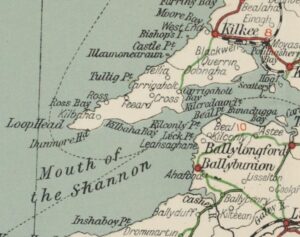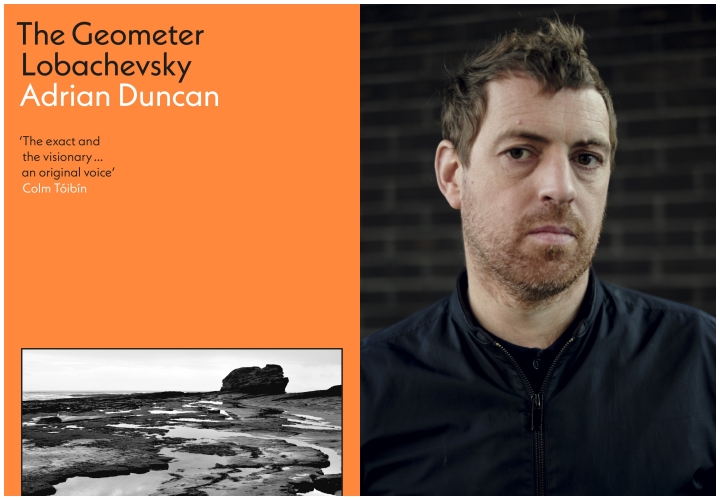Adrian Duncan interview: “I began thinking and writing about two people involved in triangulating a piece of bog in the Irish Midlands”
20th April, 2023
Shortlisted author Adrian Duncan talks to us about the origins of his novel The Geometer Lobachevsky, and how the unique situations and characters in it stem from his own background and passions.
I am delighted to be shortlisted for this wonderful prize. It is quite an honour. I don’t usually think of myself as an historical novelist, but I have an interest – having once been a structural engineer – in Victorian structures, from old bridges, to towers, to railway systems. The methods of mind and procedures of construction and organisation from this time continue to engage me.

Some years back, I was researching the emergence of Bord na Móna (the Irish state peat company, based at first in Dublin) for a visual-art project. I have an interest in other state infrastructure projects from this time too, like the rural electrification scheme and such. Then, recently, I began thinking and writing about two people involved in triangulating a piece of bog in the Irish Midlands and this research from years back reemerged in my mind – all of which came together in this novel.
I often begin with images that then become fiction and wherever this fiction brings me, if research is then needed, then I’ll carry it out as best I can. It depends, I think, on how the novel touches reality.
I think that looking at past methods and habits can show some important methods and habits that might otherwise be forgotten in the acceleration of the present.
Can writing about the past help us to deal with the present and think about the future? Yes, I think so! My go-to here is the great late-20th-century Irish engineer Peter Rice, who constantly looked at past forms of construction to help him imagine solutions for engineering problems during his career (1960s–’90s). One such artefact is the cast steel ‘gerberette’ joints of Centre Pompidou in Paris – this structural form stemmed from a bridge designed (by Heinrich Gerber) in Bavaria in the 1870s. As it turns out, this design (the ‘propped cantilever’) was then used also, but to a much larger scale, in the Firth of Forth Rail Bridge. I think that looking at past methods and habits can show some important methods and habits that might otherwise be forgotten in the acceleration of the present.
My go-to here is the great late-20th-century Irish engineer Peter Rice, who constantly looked at past forms of construction to help him imagine solutions for engineering problems during his career
I’d recommend to anyone really to read Marguerite Yourcenar’s Memoirs of Hadrian. It is a truly beautiful work from which I’ve learned much. It helped me to think about the voice of the character in my book as being human first, and from ‘elsewhere’ second.

